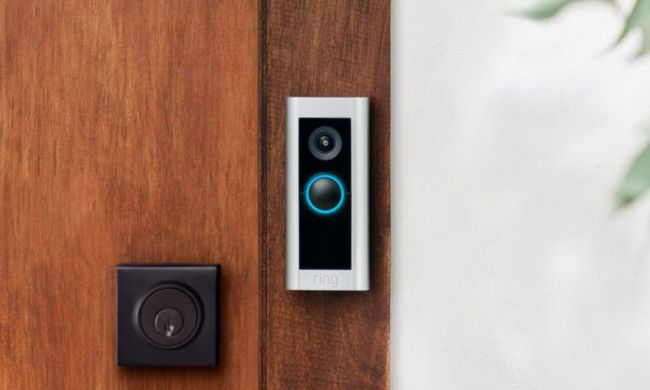Netatmo hopes to changes that, and has come up with a security camera that not only watches over your house, but has facial recognition so that it knows not to sound the alarms when you or a family member are home.
Don’t worry though — the facial recognition isn’t tied to any huge database of faces. That would be a major privacy issue. Instead, it recognizes your face, and perhaps your family members’ faces. Everyone else it sees will be a stranger. Of course, that alone is pretty helpful — for example, as we were told during CE Week, you might not want to get a notification every time a family member walks into the next room. You probably do, however, if there’s a stranger in your home.
Netatmo is a connected device, so you can get notifications about activity in your home and even use the app to watch a live-stream of your house. That’s a pretty cool feature, because it means that if activity is detected you can take a look for yourself and make sure everything is okay.
Along with the Netatmo security camera, you can also get motion detecting “Tags,” which use the same software as the camera, and send notifications when they detect motion. That’s perfect for things like your garage door or your front door, where you might want to know if someone is there. It could even be used in your mailbox, so you know when you have mail.
The tags themselves cost $100 and the camera $200, and they can be bought from the Netatmo website.



